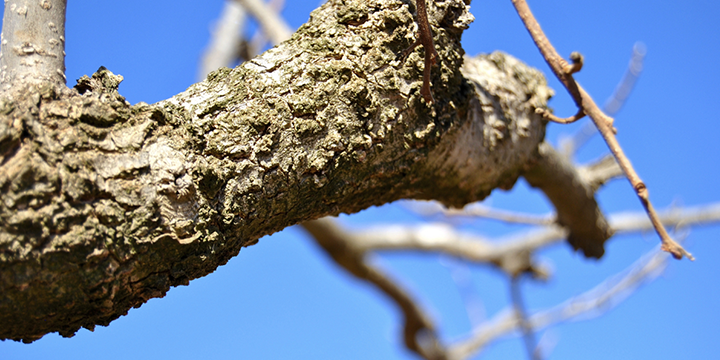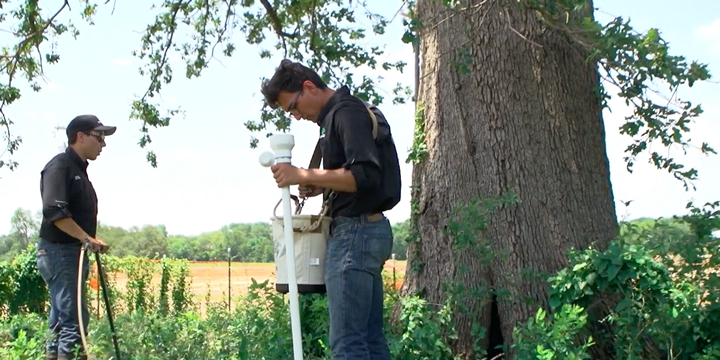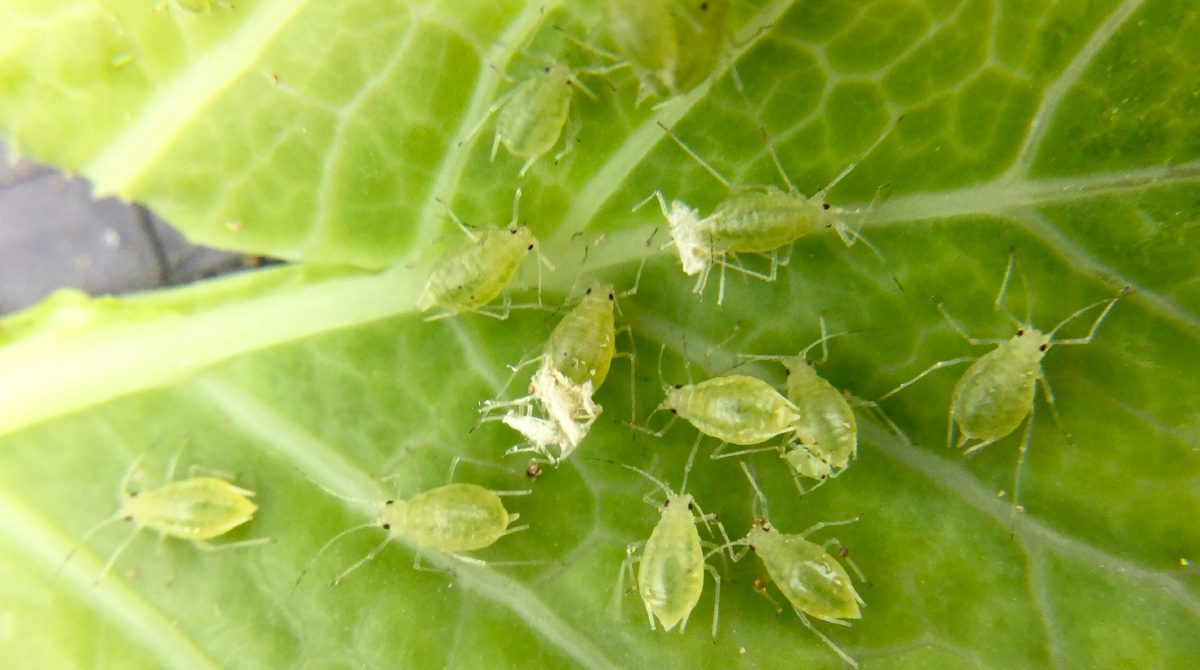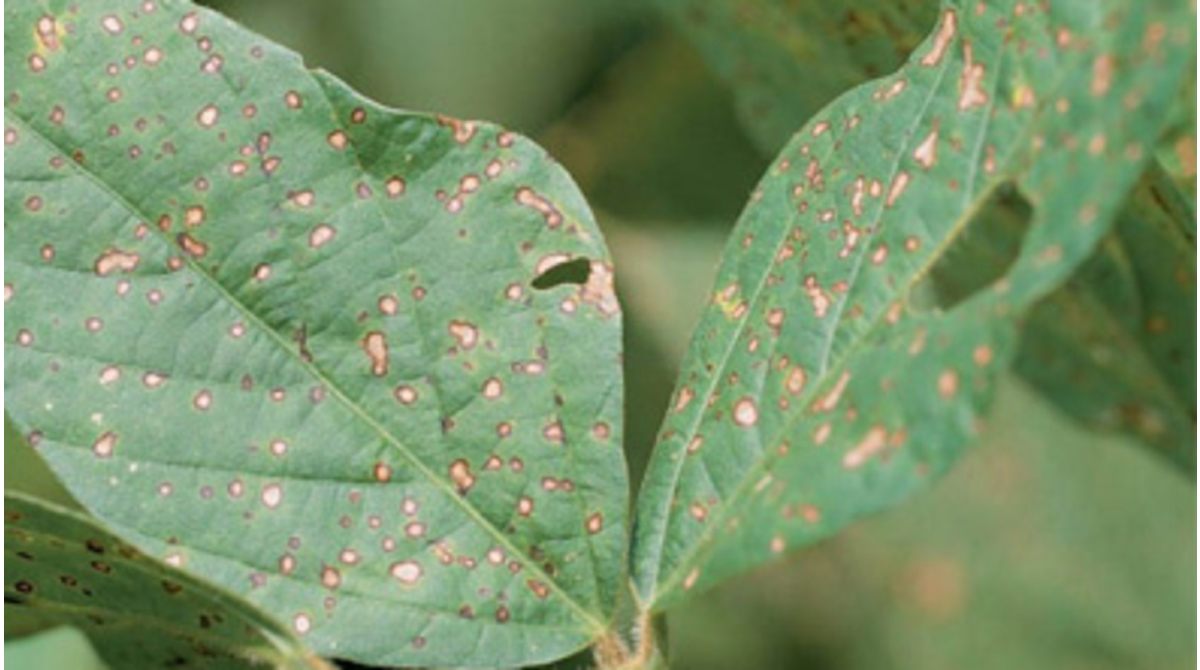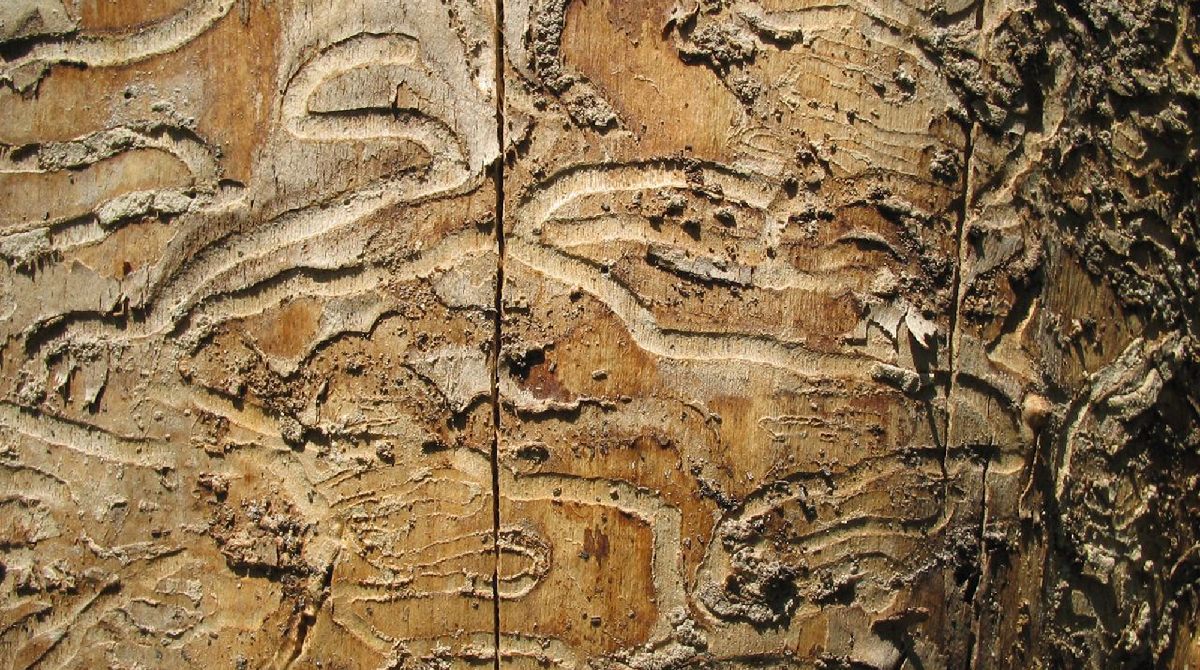
Tree Insects 101: How Did My Tree Get Emerald Ash Borers?
Date September 15, 2022
Category
If you’ve heard the news about the emerald ash borer effect of North Texas trees, your concern is justified. Native to Asia, this destructive, wood-boring tree pest has killed millions of ash trees since its U.S. discovery in 2002. Since then, they have caused billions of dollars in damage to North American forests. In this blog post, we’ll provide some insight into how this tree insect has caused so much damage, what to look out for, and what you can do about it. Stay tuned!
If your ash tree is showing signs of infestation or if you would like more information on North Texas tree insects, contact a Dallas tree care specialist at (817) 592-6846.
Tree Insects 101
The emerald ash borer (EAB) is a long, thin metallic green beetle about 1/2 inches long with a square head, straight body, and blunt tapered rear. Since not all green insects are EAB, it’s imperative to understand the distinction so we can reduce false identification. Some EAB look alikes in North Texas include:
• Green stink bug
• Green leafhopper
• Green bottle fly
• Green June beetle
• Six-spotted tiger beetle
• Jewel beetle
• Long-jointed beetle
• Pale green weevil
• Certain species of grasshoppers and leaf beetles
Valid indicators of adult EAB are that they are smaller than a penny, have hard, shell-like wings, and only attack ash trees or wood from ash trees.
Adult EABs emerge in mid-spring and reach their height early to mid-June. Two weeks after emerging, adult females start laying eggs which hatch between two to three weeks. After hatching, the larvae immediately begin feeding by boring into the bark of ash trees and constructing galleries in the phloem and sapwood. This eventually kills the tree since it blocks the flow of nutrients vital for tree health.
Larvae are off-white with flattened, segmented bodies and can be up to an inch long. Since they burrow underneath the bark, they can be difficult to spot. However, signs of their damage are more straightforward.
Signs of Emerald Ash Borer
• Yellowing and browning of leaves on the upper third of the tree
• Canopy dieback
• S-shaped galleries under tree bark
• D-shaped exit holes
• Cracks in the bark from larval tunneling
• Shoots growing from tree roots or trunks, often with larger than average leaves
• Increased woodpecker activity
While adult EABs feed on foliage, the larvae are responsible for the immense damage to ash trees. If your trees show any of these signs, contact an ISA Certified Arborist today.
How Did My Tree Get Emerald Ash Borers?
Due to its aggressive nature, the EAB is an enormous ecological threat to all native ash trees in urban, suburban, and rural forests across the country. The EAB attacks all 16 species of ash trees, regardless of tree health and condition. In simple terms, if you have an ash tree, it is at risk of EAB infestation. Heavily-infested trees usually die within two to four years after symptoms are first observed.
Emerald Ash Borer Treatment
While there is no known treatment method for ash trees already infested with EAB, specific cultural practices can help prevent EAB infestation.
• Professional application of Mectinite effectively provides two seasons of control
• Xytect and Transtect can be applied in early spring, late summer, or fall to provide protection for the following season
For trees being treated for infestation, homeowners can:
• Apply mulch around the base of their trees
• Promote tree health and vigor through irrigation, proper pruning, and prescription fertilizers
• Utilize plant growth regulators to improve root growth, drought tolerance, and resilience to environmental stressors
Growth regulators, trunk injections, soil injections, and systemic bark sprays should only be applied professionally to ensure their effectiveness and proper use. Inappropriate use of these chemicals can cause further harm to your trees.
What You Can Do
ISA Certified Arborists strongly advise residential and commercial property owners not to plant ash trees indefinitely unless they understand the responsibilities required to control the spread of EAB and can commit to regular, preventative treatments.
The management of this devastating tree pest starts with education. TreeNewal is committed to educating its team and the community about identifying and preventing the spread of EAB. Ways that homeowners can contribute are:
• Refrain from moving firewood – EAB larvae and pupae can survive for long periods in cut wood. Ensuring you don’t accidentally spread EAB means not moving firewood from known areas of infestation, especially out of state or county lines.
• Keep an eye out – stay vigilant, particularly if you have ash trees on or around your property. Look for signs of emerald ash borers and stay up to date about spread distribution.
• Spread awareness – speak with neighbors and your community to increase EAB awareness and reduce spreading through firewood displacement and planting of new ash trees.
TreeNewal
As a sustainable full-service tree care company, TreeNewal is committed to preserving our local ecosystem by promoting overall tree health. We believe that education, awareness, and proper identification can help protect our native ash trees and reduce the spread of this destructive pest until a viable treatment is produced. As part of our sustainability efforts, we offer comprehensive tree care services to residential and commercial property owners in Dallas/Fort Worth. Contact our ISA Certified Arborists today at (817) 592-6846 for more information on tree insect management or if you need tree care advice or assistance.
To learn more about Tree Insects 101: How Did My Tree Get Emerald Ash Borers? ?, call our Argyle and Southlake-based teams
at (817) 592-6846or send us a message.
We’re a little different than the average tree services company.
Learn more about TreeNewal’s ISA Certified Arborists!
Our Dallas/Fort Worth-based tree doctors can explain how sustainable tree care services add more value to your bottom line.
Healthy trees, healthy lives.
